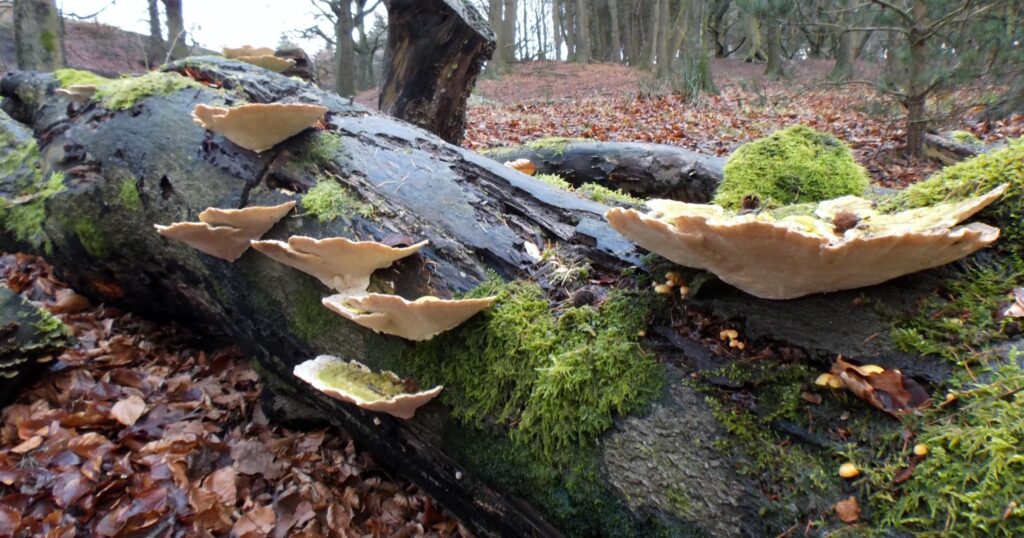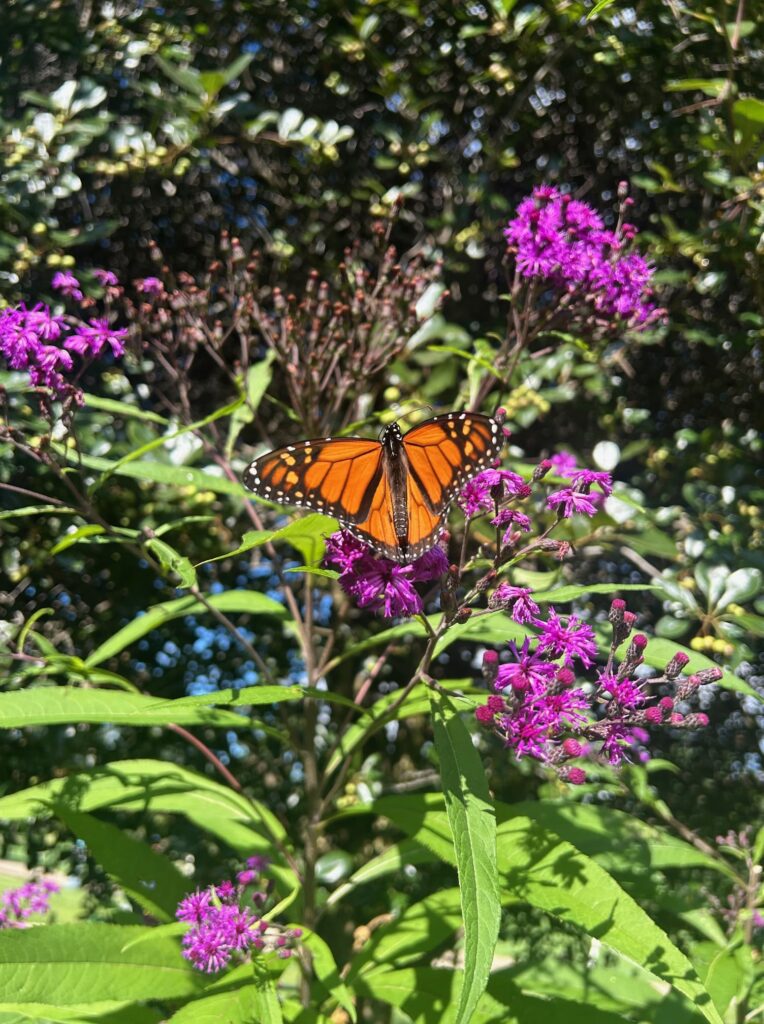Many rationales for wildlife conservation have been suggested. One not often mentioned is the impact of extinctions on the traditions of local people. If extinction adversely affects traditions, and conservation of traditions is important, conservationists’ might need to consider conserving biodiversity in order to conserve cultures.
As a first step in investigating the case for this rationale, we quantitatively examined folklore literature for the presence and nature of representation of 8 potentially extinct mammals in the traditions of 48 Native American tribes that live/lived near 11 national parks in the United States.
We found that all of the potentially extinct mammals appeared in Native American folklore. Of the tribes that lived near national parks that once contained the identified mammals, about one-third included the mammals in their folklore (N=45 of 124 tribe x park combinations). Attitudes towards the potentially extinct animals were positive and respectful twice as often as negative or despising. Carnivores were perceived positively more often than were herbivores, perceived neutrally less often, and feared far more often than were herbivores.
Given that preservation of traditions is important, conservation arguments could be strengthened by our finding that potentially extinct mammals are represented in local traditions, often with positive and respectful attitudes. This argument is particularly true for loss of respected species, which have stronger effects on traditions, than the loss of species that are viewed negatively or that are despised.
The sometimes positive attitude of Native Americans towards carnivores might differ from the traditions and attitudes of people in some other regions, such as western Europe and southern Asia, in which negative and fearful attitudes appear to prevail. Perhaps the difference in attitudes between Native Americans and nonindustrial peoples of western Europe and southern Asia could be due to the greater use of livestock in Europe southern Asia, and hence greater damage to livelihood by carnivores.
Our findings, however, are only the first step in developing a rationale for conservation of wildlife based on concerns about impacts on local peoples’ cultures. Researchers must now take the next step and answer questions about the presence of an actual effect of the extinctions on the traditions of Native Americans. This effort will require direct interviews because we found recent accounts of Native American folklore to be rare in the literature.
Outside of North America, the literature indicates mixed results regarding the effects of extinction on traditions. For instance, fear of wolves still persists in western European folklore long after their extinction in much of Europe. By contrast, native Hawaiians consider that with the extinction of the Hawaiian crow, an important part of their traditions will be lost.
Nevertheless, if wildlife is present in peoples’ traditions, and if preservation of tradition is important, and if extinction of wildlife might mean extinction of part of a people’s traditions, then cultural as well as biological reasons exist for conserving wildlife. In other words, the conservation of biodiversity and conservation of culture can, and probably should, go hand in hand.
Originally published as:
Preston, M.A. and A.H. Harcourt. 2009. Conservation implications of the prevalence and representation of locally extinct mammals in the folklore of nativeAmericans. Conservation & Society 7(1): 59-69.
Matthew Preston (mapreston@ucdavis. edu) is at the Department of Anthropology, University of California, Davis, USA.
Alexander Harcourt (ahharcourt@ucdavis.edu) is at the Department of Anthropology and the Graduate Group in Ecology, University of California, Davis, USA.





